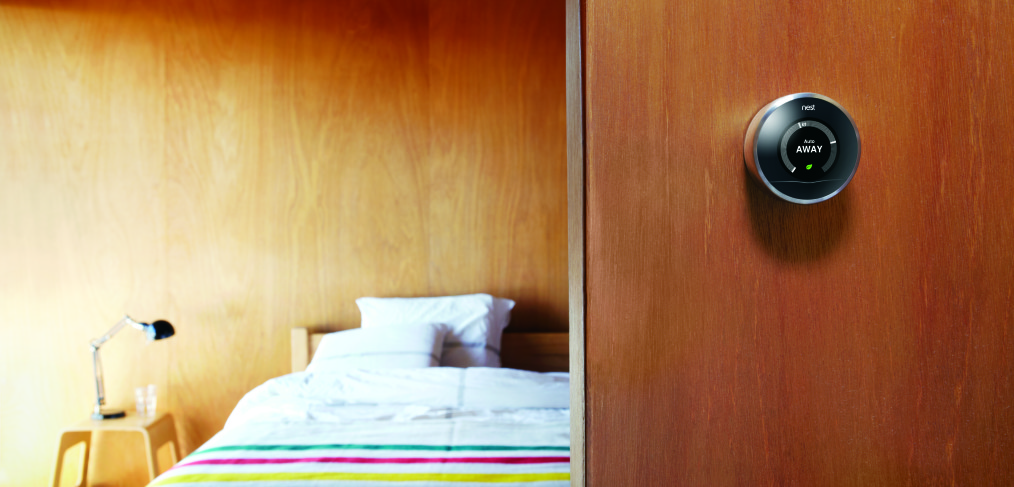
Tech trends that will shape 2015
It’s 2015, and just around the corner, the annual Consumer Electronics Show (CES) in Las Vegas – the world’s biggest stage for the latest and greatest in consumer tech. Not everything at the show is ready for primetime, not everything worth all the hype, but for those interested in what innovations will one day shape our future, CES is the place to look.
Last year the show was about curved ultra high-def televisions, wearable fitness trackers, and smart cars. 2015 will see incremental updates and the rise of connected contraptions – smartphones will get smarter, wearables will come of age, robots will NOT take over the world but devices will get smarter and more independent via the The Internet of Things.
SMARTER SMARTPHONES
In 2015, smartphones will get better cameras with larger image sensors, support faster Internet data speeds, and have better displays. More phones will cross over from Full HD into 2K territory (currently held by an elite few including the LG G3 and Samsung Galaxy Note 4). Displays will also dictate form factor changes, expect to see phones with curved and/or flexible displays that build on the LG G Flex and Samsung Galaxy Note Edge – proof of concepts that actually went to market.
Battery life will continue pose a challenge however – with manufacturers hitting capacity limits vis-a-vis the physical size of batteries. Some progress has been made in the area of new, more efficient materials but we will most likely have to wait another year or two. In the meantime we can expect to see faster charge times and a more mainstream rollout of wireless charging. Devices powered by Qualcomm’s WiPower will make their way into office and home furniture and will enable wireless charging through radio frequencies.
Low cost smartphones for emerging markets will continue to play an integral part in the growth of the smartphone market this year. Google’s Android One program will begin rolling out to more countries including the Philippines, promising a user experience similar to up-to-date, high-end Android smartphones with telco-subsidized services that give lower-income users a taste of the Internet. Microsoft is also pouring more resources into growing its market share by focusing on developing regions, expect a sub $50-Windows Phone in 2015.
WEARABLES COME OF AGE
The first crop of wearables were either wrist bands that tracked physical activity and sleep or “smartwatches” that complemented smartphone functionality like displaying notifications.
2015 will see more wearable devices that can independently connect to the Internet. The Apple Watch arrives in March and should not only put the heat on Android Wear but also forge the way for more wearables that are also fashion statements.
The definition of wearable will also expand to clothing – including products like the D-Shirt from Cityzen Science and Sensoria Fitness Socks, both made of smart textiles embedded with sensors that track vital signs in real time and relay them to connected apps.
Big data becomes more relevant as information gathered by fitness tracking devices are consolidated and graphed over time (on Apple HealthKit or Google Fit) giving users a better understanding of how their bodies work, and allowing health-care professionals to provide more informed prognosis and treatment.
THE INTERNET OF THINGS
As connected devices move beyond computers, tablets and smartphones into household appliances, cars and other everyday tools we are inadvertently building an ecosystem of connected devices made smarter by their collective intelligence.
In the same way as Waze, using data from hundreds of cars traversing a series of streets and highways, is able to provide users with better traffic data, combined data of connected appliances is akin to “artificial intelligence” that allows tools to work smarter and independent of human input.
Thermostats can automatically adjust based on readings from across a neighborhood, your air conditioner can begin cooling your house when the GPS in your car or smartphone detects that you are 15 minutes away from home, or your coffee machine can brew a fresh pot when your fitness band detects you have woken up.
Google with it’s multi-billion dollar acquisition of home automation company Nest leads the charge. Last year, Samsung also acquired a similar startup, SmartThings, that should elevate its lineup of home appliances and bring better integration with its lineup of mobile devices. Both Apple and Google have announced platforms that will allow the integration of these devices and services into their operating systems.
While 2015 may not start with a boom at CES, it’s sure to be a transitional year, one that promises to deliver the technologies that will become essential parts of our future lives.
“Tech trends that will shape 2015″ was first published in The Philippine Star on January 5, 2015 as part of my regular Gadget Week column. The Philippine Star Technology Section is printed every Monday, and is also available as a digital download from digitaledition.philstar.com.
